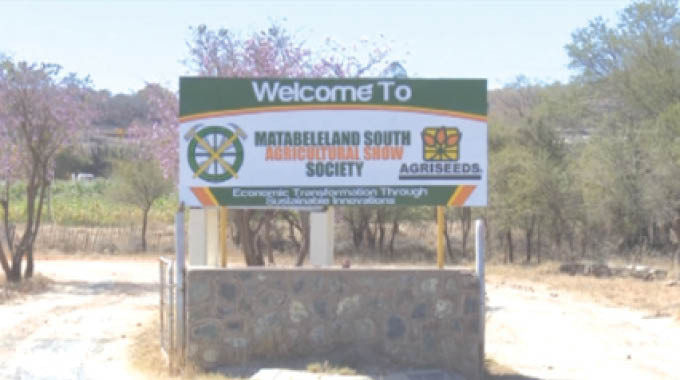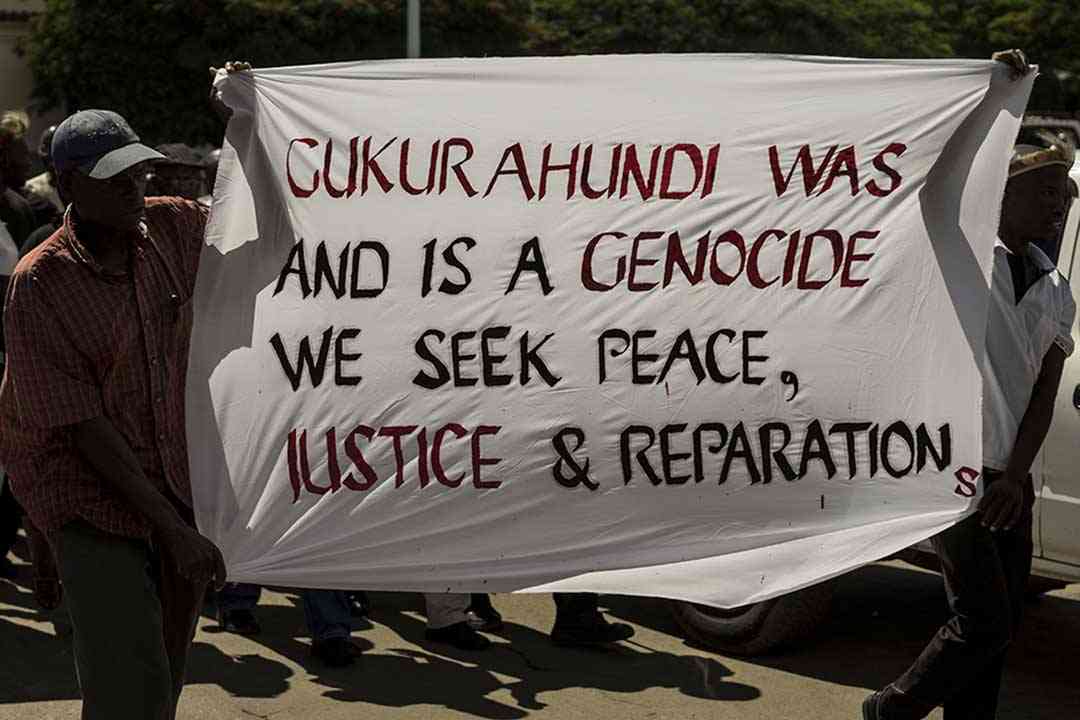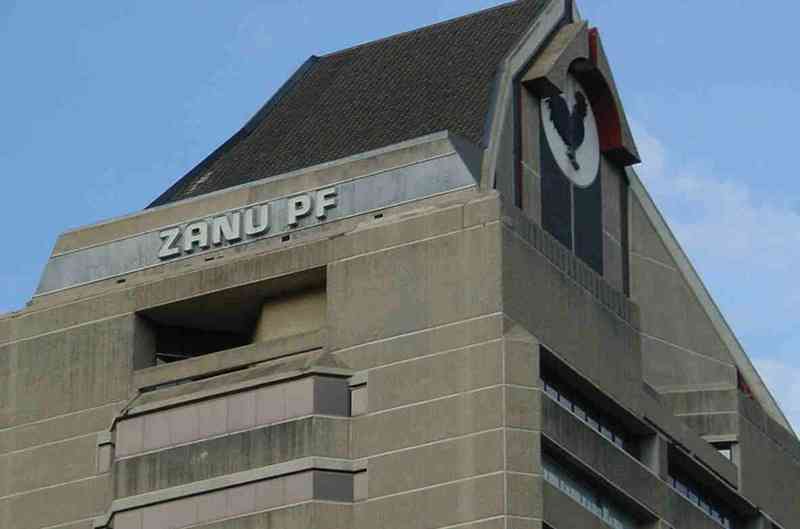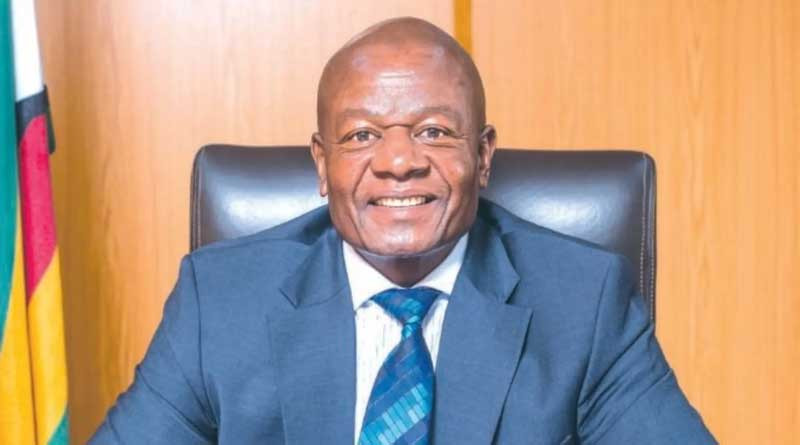
FINANCE, Economic Development and Investment Promotion deputy minister David Mnangagwa says the Tax and Revenue Management System (TaRMS) is the launchpad for the re-organisation of Zimbabwe’s public finance and tax administration infrastructure.
The first phase of TaRMS was launched in 2022 and went live the following year with the goal of automating domestic tax processes.
TaRMS provides a transparent taxation system which deals with financial leakages and fraudulent activities in order to ensure the Zimbabwe Revenue Authority (Zimra) effectively collects taxes.
During the official commissioning of TaRMS yesterday, Mnangagwa said TaRMS would help in transforming the country’s digital landscape and improve Zimbabwe’s taxation system.
“It’s a bold and transformative step in the digitalisation of Zimbabwe’s public finance and tax administration infrastructure. This launch is more than just jingles, it’s even more than a technological upgrade,” he said.
“So, we trust that you will hold that with integrity as we take a bold step into Zimbabwe’s economic reform agenda. Now the system, I understand, is designed to enhance tax-earning administration, improve taxpayer compliance and experience and lay a firm foundation for sustainable and inclusive economic growth.”
He said TaRMS represented a strong, transparent and efficient tax-managing system.
“It is envisaged to serve as a launchpad for government’s ongoing modernisation of tax administration through the adoption of innovative technologies,” Mnangagwa added.
- Renault hands Russian assets to Moscow
- New perspectives: Building capacity of agricultural players in Zim
- News in depth: Mnangagwa’s push for $12 billion mining industry imperils communities
- New perspectives: Building capacity of agricultural players in Zim
Keep Reading
“Only through innovative technology can we deal with issues of corruption and enhance transparency.”
He added that the commissioning of TaRMS helped to improve tax collection efficiency and showed that government and Zimra had adopted transparency as a matter of policy.
“You don’t need to go into an office and have paperwork done; you can do it through a system. So, this marks a major, major milestone in making sure that our systems are more transparent and accessible,” Mnangagwa said.
TaRMS comes at a time when the tax authority has implemented an aggressive collection campaign as it seeks to raise over US$7 billion in revenue for the current fiscal year.
“This milestone is more than the deployment of a digital platform. It signifies a strategic leap in the fulfilment of Zimra’s national mandate to mobilise revenue, facilitate trade, protect civic society and, indeed, act as advisory to government,” Zimra board chairperson Anthony Mandiziva said.
“As a board, we are guided by this mandate and committed to ensuring that Zimra remains a credible, efficient and modern institution that supports the government’s broader economic goals.
“Today we witness the culmination of years of focused effort on our business process re-engineering programme which recognises that digitalisation is no longer optional but a strategic necessity.”
He said in an era where economies were increasingly going digital, Zimra was compelled to evolve to meet the demands of a data-driven, tech-enabled and compliance-conscious environment.
African Development Bank (AfDB) country economist Kelvin Banda said the commissioning marked a significant milestone in the country’s tax restructuring exercise.
Zimbabwe is estimated to lose billions of United States dollars as 76,1% of all economic activity occurs in the informal sector.
Previously, the informal sector’s contribution to the economy stood at 60% and was estimated to generate US$14,2 billion in annual revenue by the central bank.
“This launch is a landmark not only for the government of Zimbabwe and the Zimbabwe Revenue Authority, but also for the African Development Bank (AfDB),” Banda said.
“The African Development Bank recognises that domestic resource mobilisation is a critical priority in Africa.”
He said AfDB aimed to make sure IT helped African countries with the necessary resource mobilisation to develop their economies.
“At operational level, the African Development Bank has put in place various instruments to maximise domestic resource mobilisation by member countries,” Banda said.
“These include the Strategy for Economic Governance in Africa, 2021-25, approved in February 2021, and Bank’s Action Plan for Anti-Money Laundering and Combating Illicit Financial Flows launched earlier this year. Our focus is on providing institutional support to governments on tax and revenue generation.
“This includes building capacity for revenue administration (tax and customs), including through support for digitalisation of tax administration.”
He said the TaRMS project was approved in 2019 as part of the bank’s support to Zimbabwe’s efforts to enhance domestic resource mobilisation.
In that regard, AfDB provided about US$6,9 million for the development of TaRMS.










